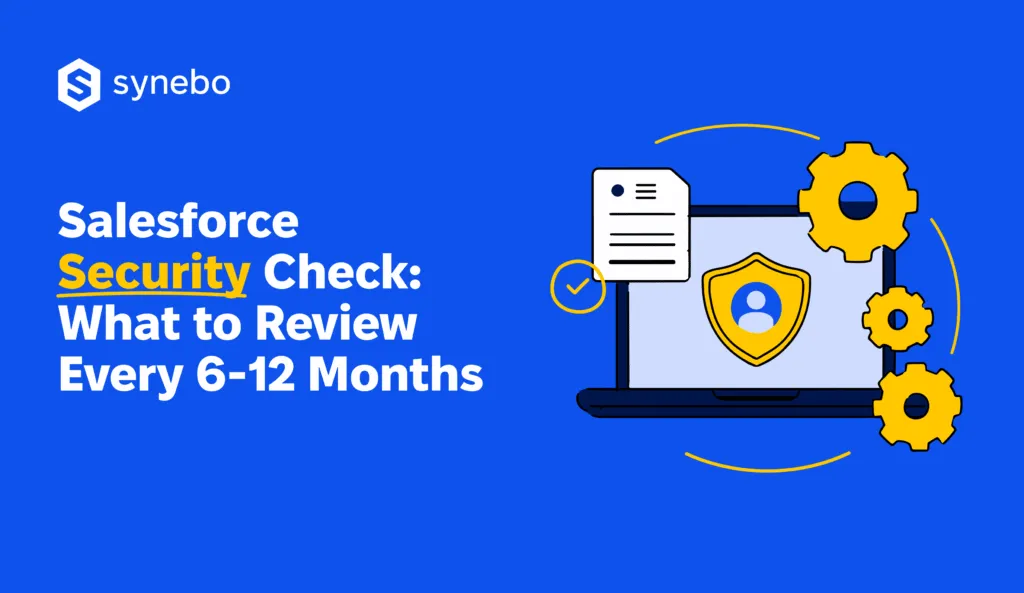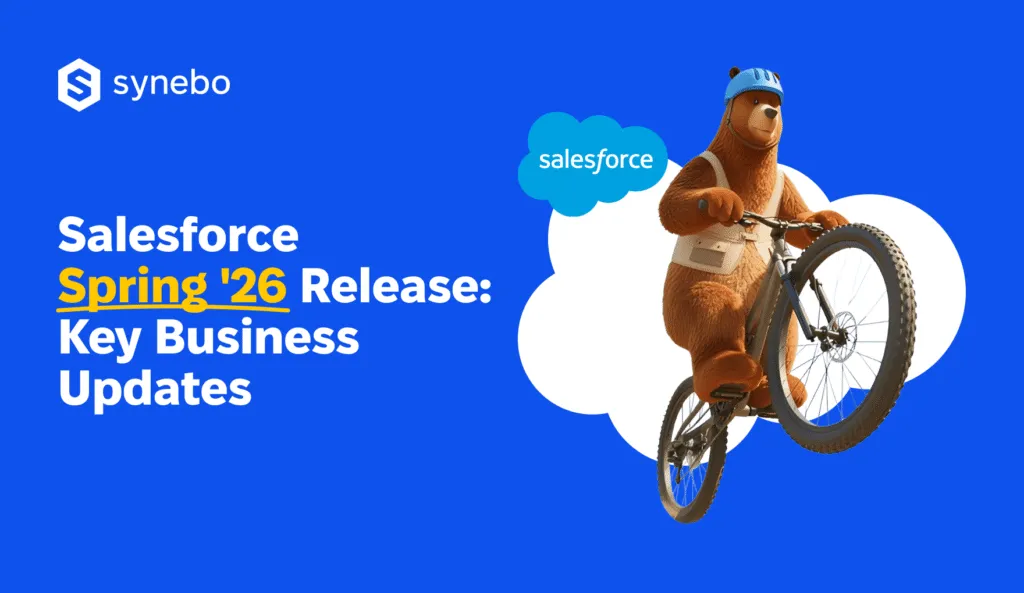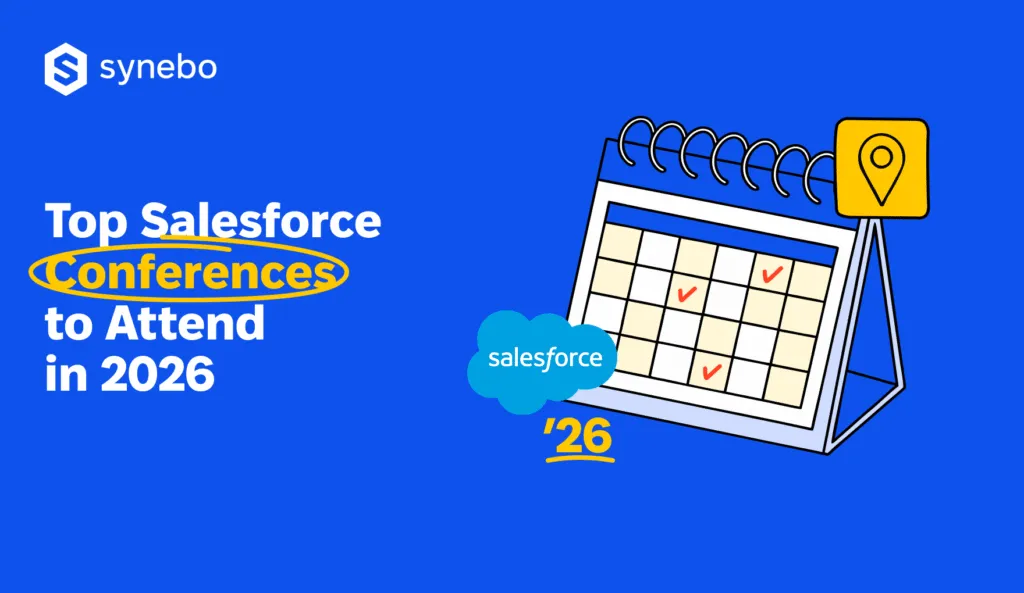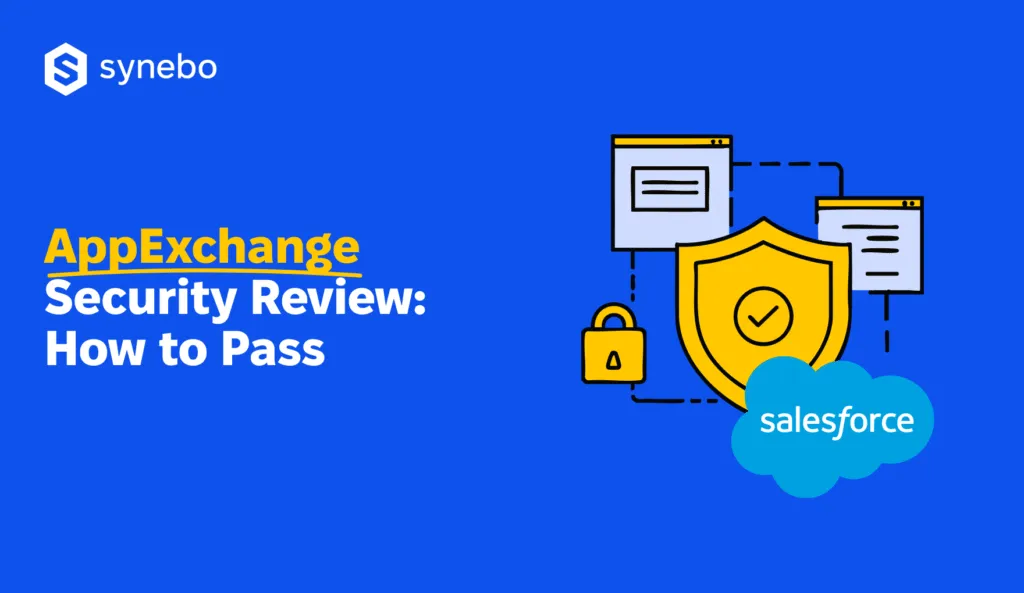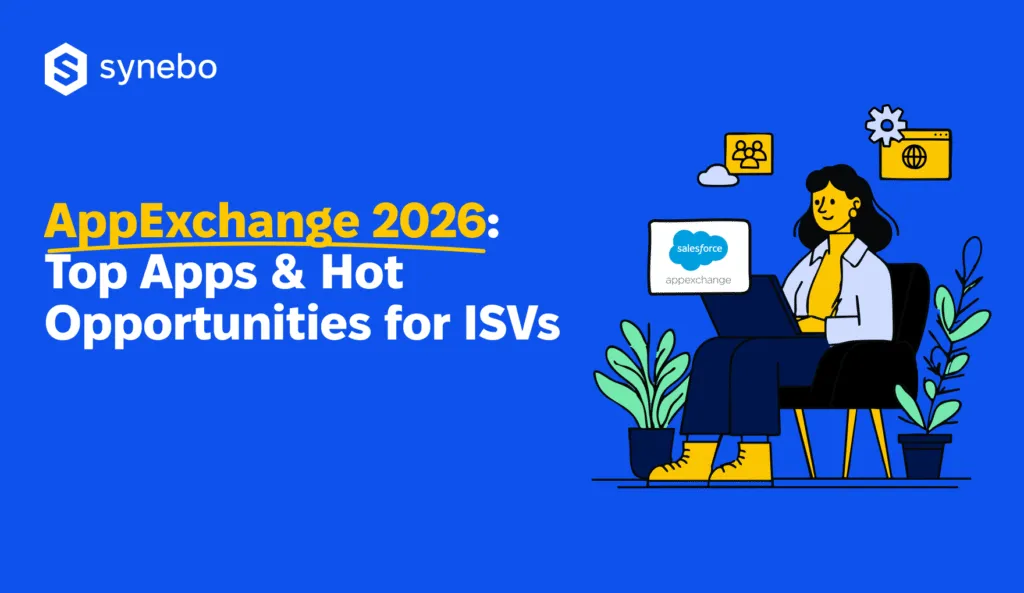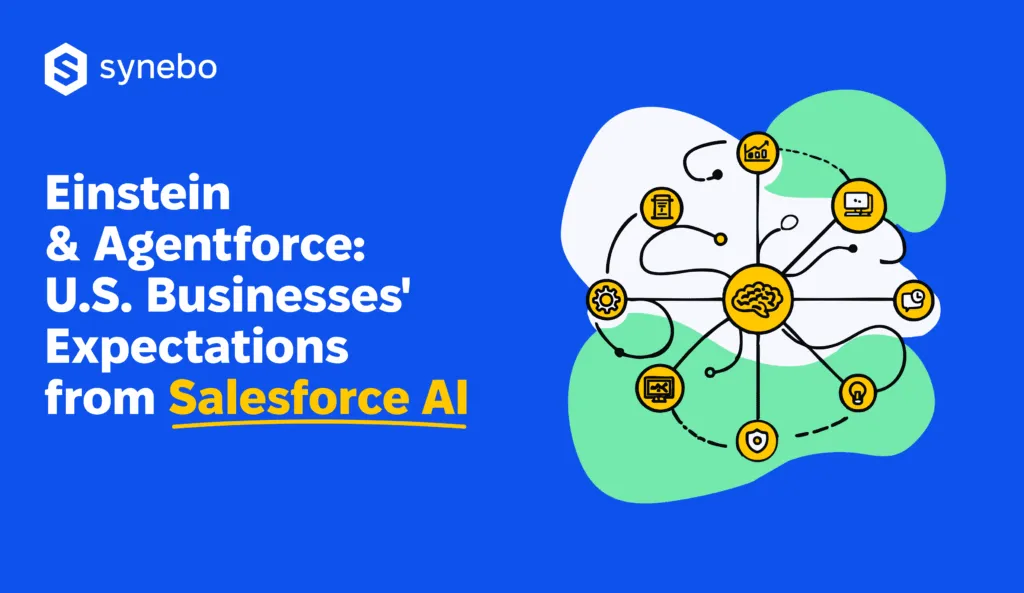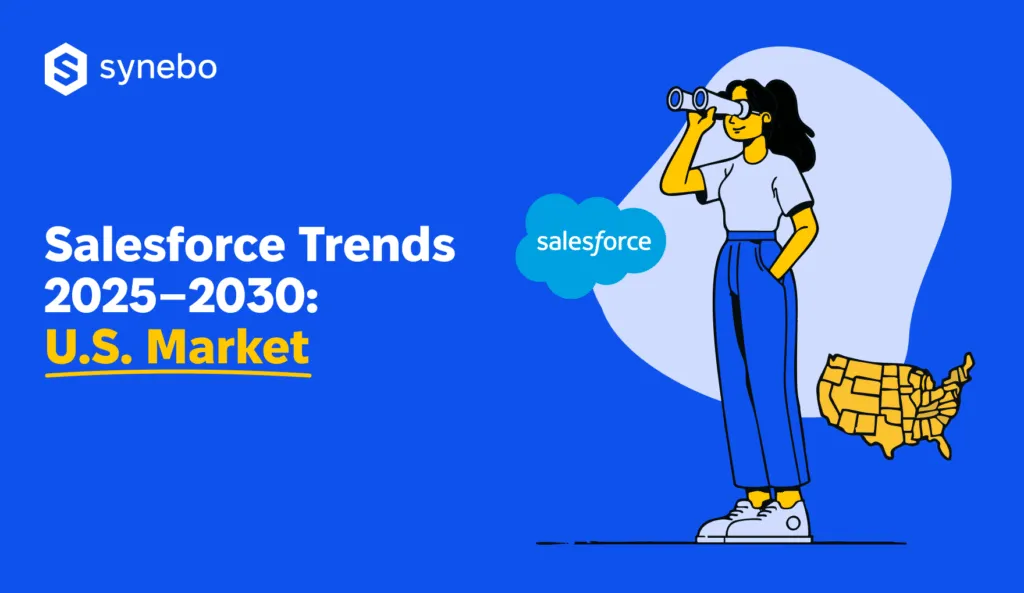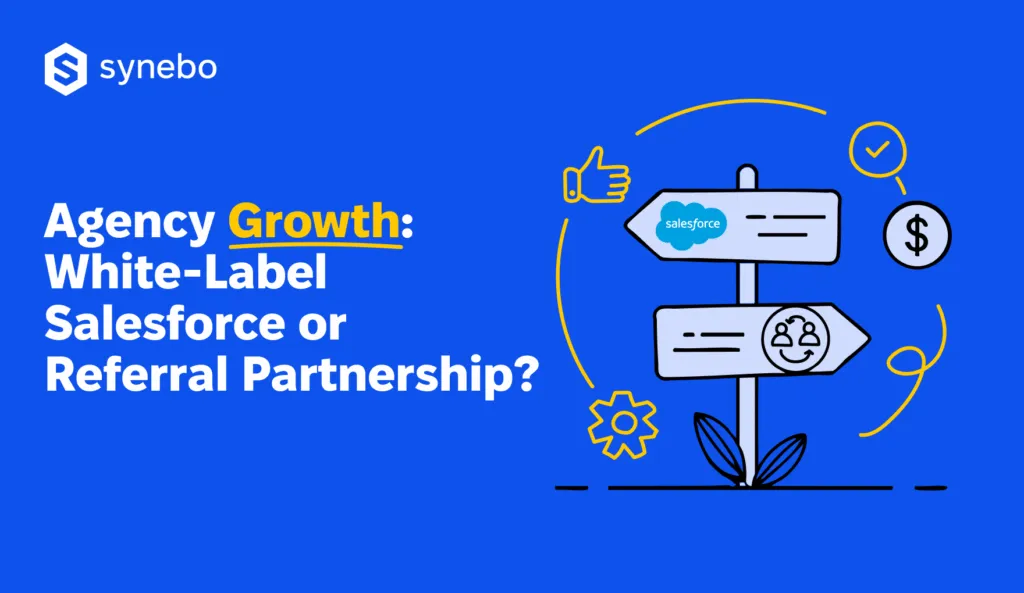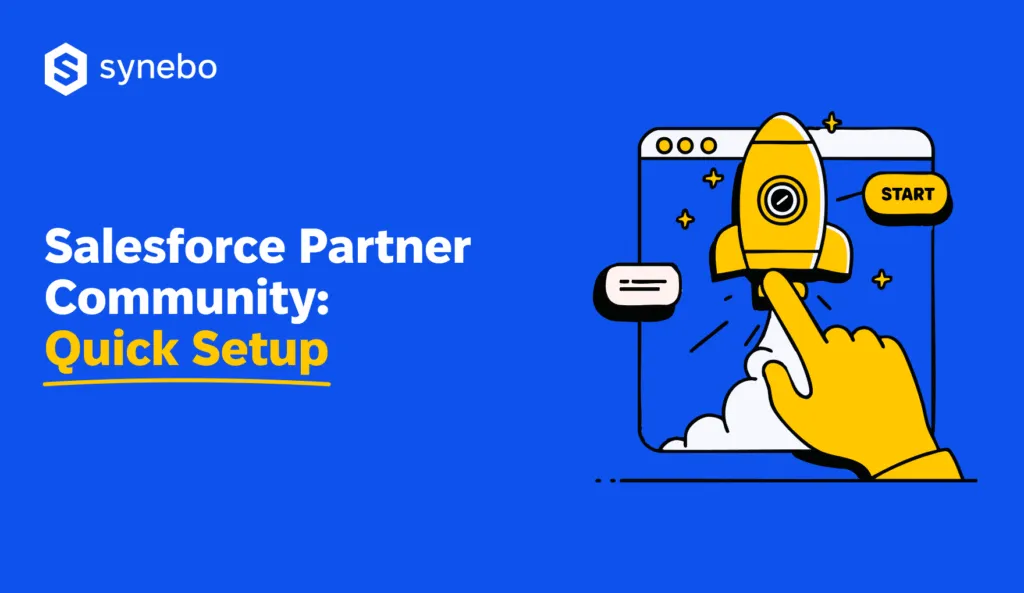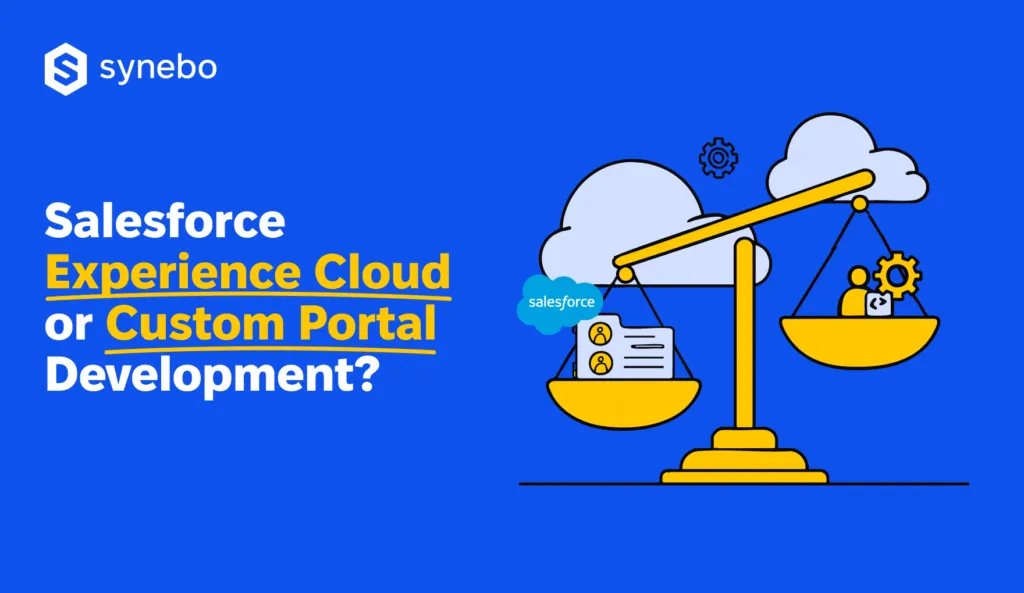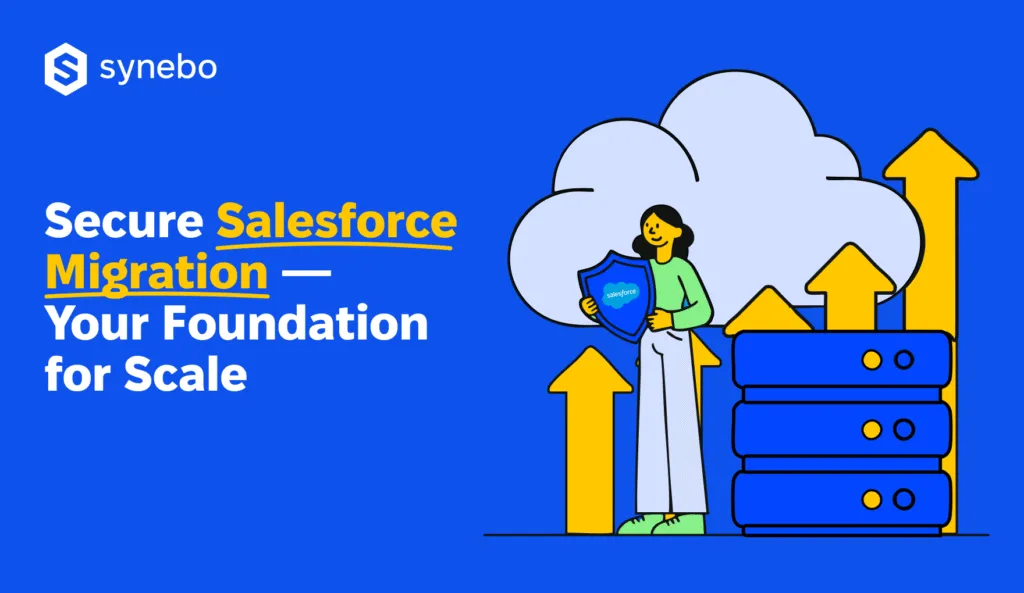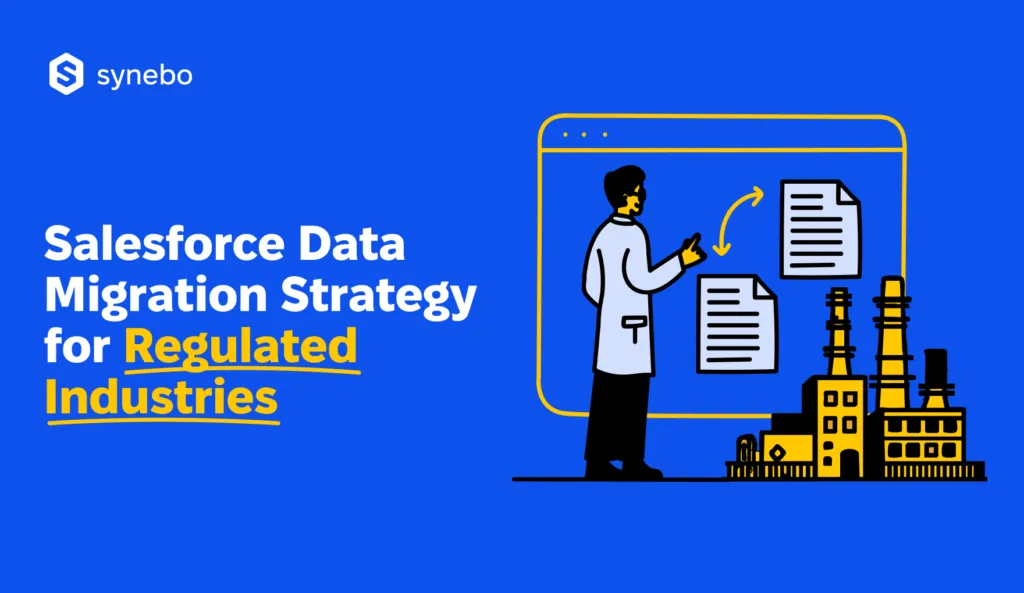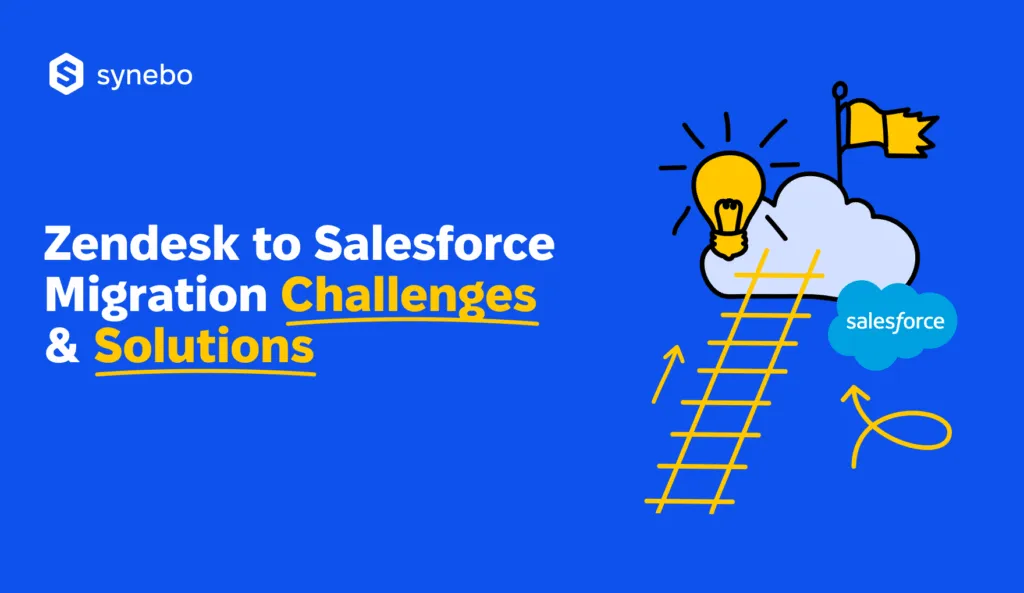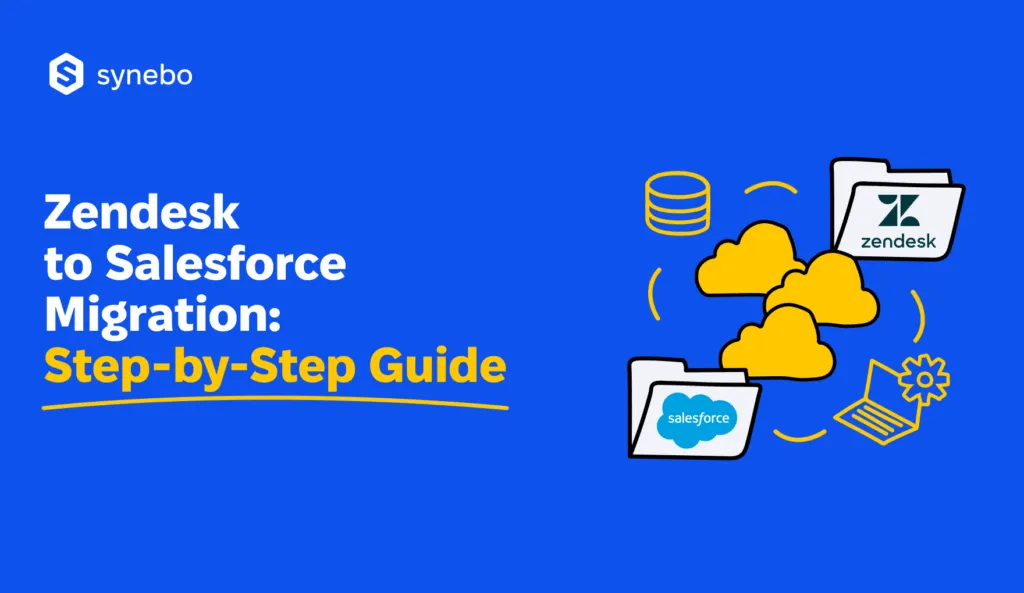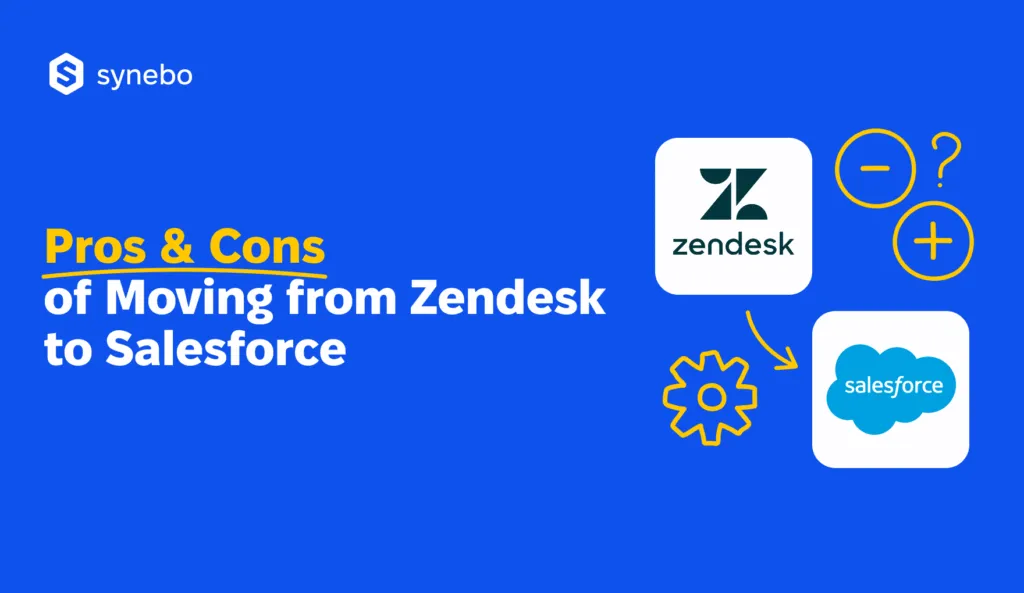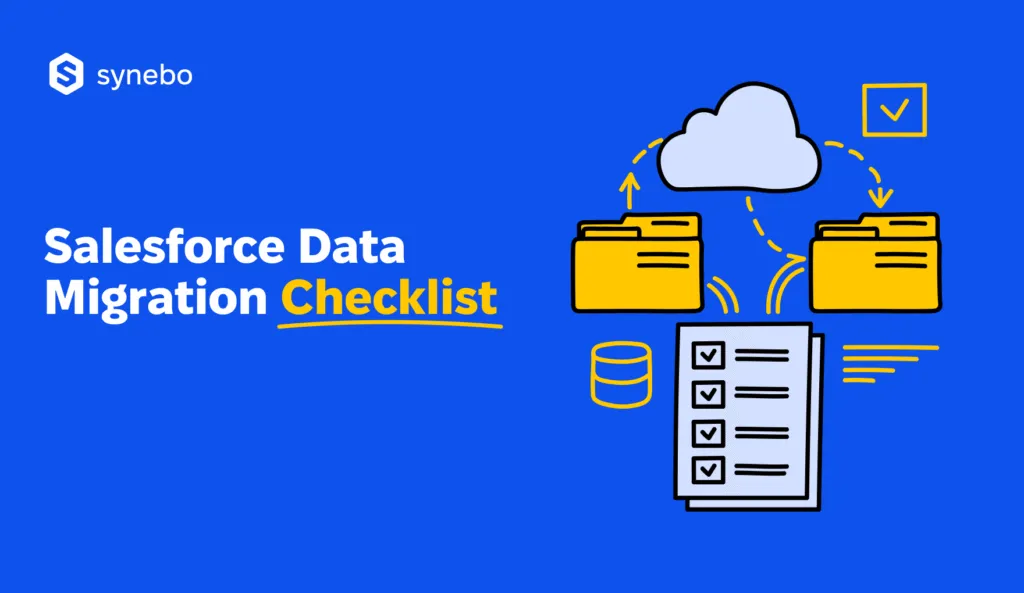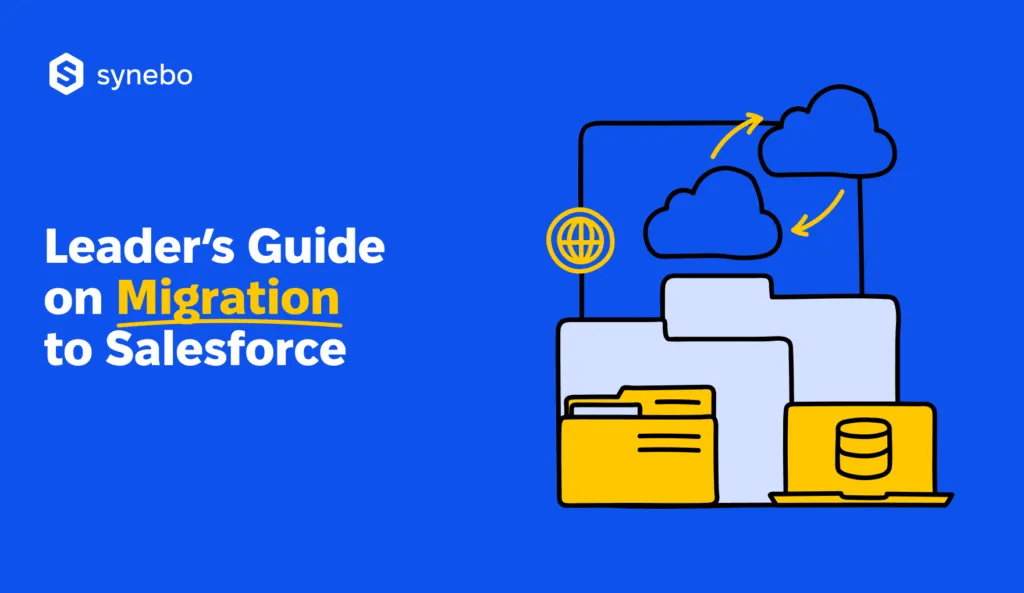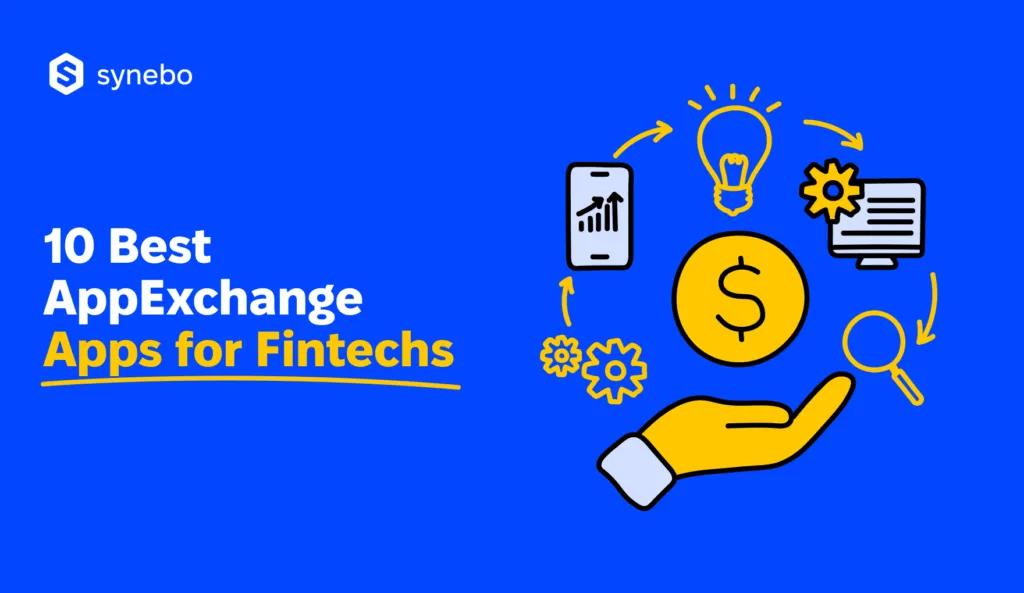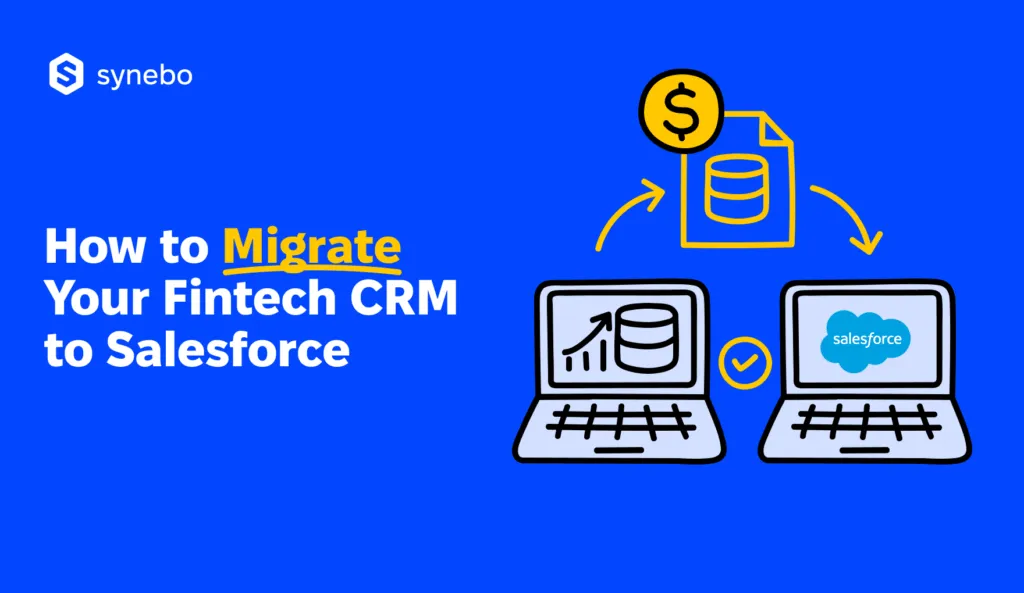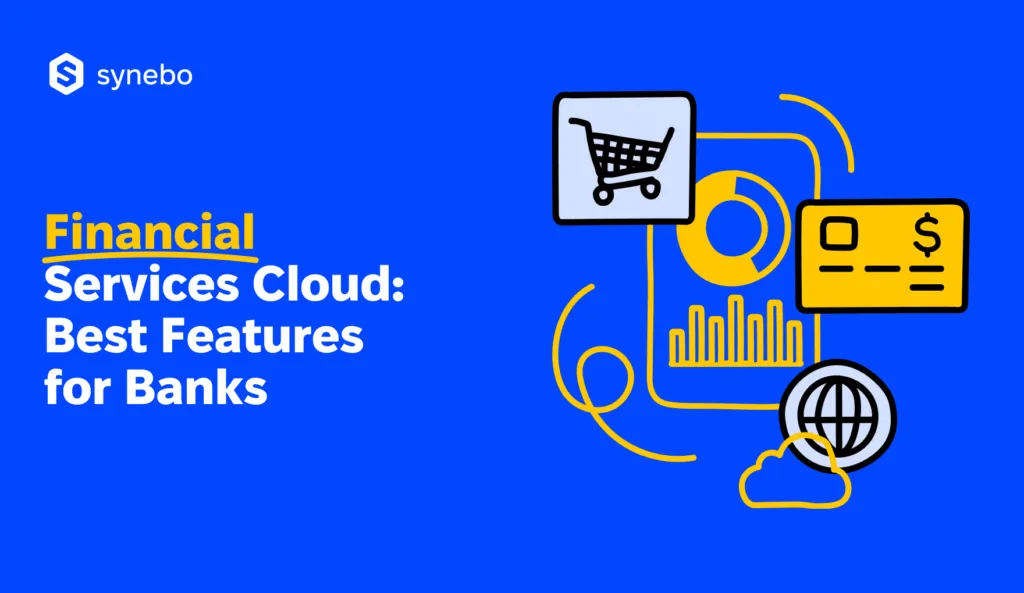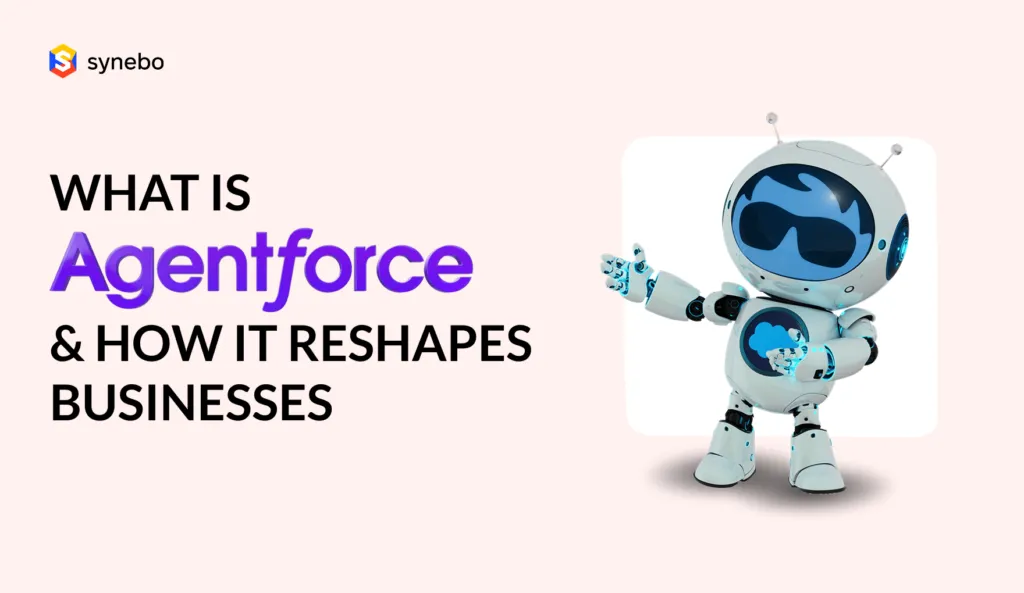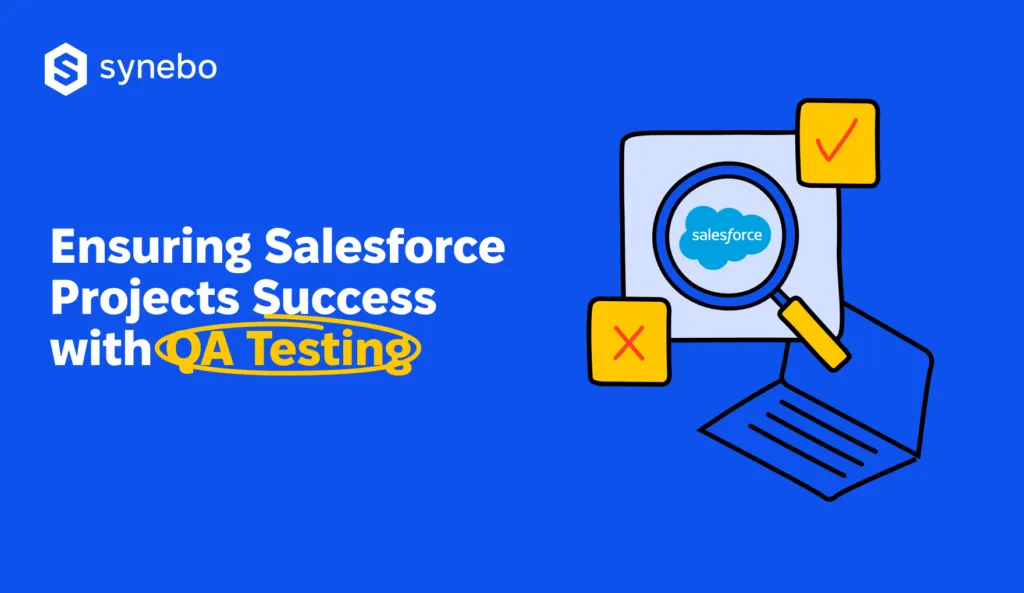Salesforce Hyperforce: The Future of Scalable and Secure Cloud Infrastructure

Salesforce Hyperforce is the latest infrastructure innovation from Salesforce. It is designed to provide greater scalability, flexibility, and security for businesses by allowing Salesforce applications to run on public cloud providers such as Amazon Web Services (AWS), Google Cloud, and Microsoft Azure. Hyperforce marks a significant departure from Salesforce’s reliance on its proprietary data centers, offering a cloud-native architecture that enables businesses to meet data residency requirements, scale operations globally, and improve performance.
This article will explore Salesforce Hyperforce’s technical and business benefits, explain how it works, and provide real-world examples of its impact.
What Is Salesforce Hyperforce?

Salesforce Hyperforce allows Salesforce applications to operate on public cloud services, giving businesses the ability to deploy their Salesforce environment on the infrastructure of their choice, such as AWS, Google Cloud, or Azure. This shift enables businesses to:
- Scale rapidly in new markets.
- Comply with local data regulations by choosing where their data is hosted.
- Leverage the security and scalability of leading cloud providers.
Before Hyperforce, Salesforce customers were limited to Salesforce’s own data centers, which could cause performance bottlenecks or compliance challenges for global enterprises. Hyperforce removes these limitations, offering more control, flexibility, and geographic reach.
Automate your business with Synebo’s expert Salesforce development services. Learn more.
Key Features of Salesforce Hyperforce:
Salesforce Hyperforce introduces a transformative approach to Salesforce’s infrastructure, enabling businesses to harness the power of public cloud providers. This architecture provides enhanced scalability, flexibility, and compliance capabilities. Below is a detailed breakdown of Hyperforce’s key features:
1. Cloud-Native Architecture
At the heart of Salesforce Hyperforce is its cloud-native architecture, which allows Salesforce applications to run seamlessly on the infrastructure of major public cloud providers like Amazon Web Services (AWS), Google Cloud, and Microsoft Azure.
How it works:
Traditional Salesforce deployments relied on proprietary Salesforce data centers, which could limit the platform’s flexibility in terms of geographic reach and performance optimization. With Hyperforce, Salesforce decouples its infrastructure from these proprietary data centers, allowing the applications to be hosted on the scalable cloud infrastructure provided by leading cloud services. This architecture ensures that Salesforce applications can be deployed across multiple cloud platforms based on the organization’s needs.
Advantages:
- Portability: Salesforce applications are containerized using technologies like Kubernetes. This allows them to be deployed across various cloud environments without extensive reconfiguration, providing businesses with flexibility in their cloud deployment strategies.
- Reduced infrastructure overhead: By leveraging the infrastructure of public cloud providers, businesses no longer need to invest in or maintain physical infrastructure, freeing up resources for other priorities.
- Future-proofing: As businesses increasingly adopt cloud-native architectures, Hyperforce aligns Salesforce with modern IT infrastructure practices, enabling businesses to integrate with other cloud services easily and stay ahead in cloud adoption.
Example in action:
A global retail company uses Hyperforce to host its Salesforce Commerce Cloud instance on AWS. This allows the company to scale its eCommerce operations during peak shopping seasons (like Black Friday) without having to worry about managing underlying infrastructure.
2. Regional Data Hosting
One of the most critical features of Salesforce Hyperforce is its ability to enable regional data hosting. Data sovereignty and compliance with data privacy regulations have become increasingly important as companies expand globally and face stricter regulations.
How it works:
- Hyperforce allows businesses to choose where their Salesforce data is stored by selecting a specific geographic region on the public cloud provider’s network. For example, a company operating in Europe can choose to host its Salesforce data in AWS’s Frankfurt region to comply with GDPR requirements.
- This level of control over data residency ensures that businesses can meet local data protection laws, including GDPR (General Data Protection Regulation) in Europe, CCPA (California Consumer Privacy Act) in the U.S., and other region-specific regulations such as PIPL (Personal Information Protection Law) in China.
Advantages:
- Data sovereignty compliance: Hyperforce gives businesses complete control over where their data is stored, making it easier to comply with regional data privacy laws that mandate local data residency.
- Minimized legal risks: With the growing complexity of global data regulations, ensuring that customer data is stored in compliance with local laws mitigates legal and financial risks associated with data breaches or regulatory violations.
- Increased vustomer trust: Businesses can reassure their customers that their personal data is being handled with the highest standards of security and compliance, which is crucial in industries like healthcare, finance, and government.
Example in action:
A European pharmaceutical company uses Salesforce Hyperforce to store patient data in the AWS Frankfurt region. This allows the company to meet stringent GDPR data protection requirements, ensuring that sensitive patient data is never transferred out of the EU without explicit consent.
3. Enhanced Security
Salesforce Hyperforce leverages the best-in-class security of cloud providers like AWS, Google Cloud, and Azure, combined with Salesforce’s own security certifications. This creates a multi-layered security model that protects data at every stage, from storage to transmission.
How it works:
- Hyperforce benefits from the security protocols of public cloud providers, including encryption at rest and in transit, identity and access management (IAM), network security, and DDoS protection.
- Salesforce maintains its trust certifications such as ISO 27001, SOC 2, and HIPAA, ensuring that organizations using Hyperforce can adhere to industry-specific security standards.
- With multi-factor authentication (MFA) and single sign-on (SSO) integrated with public cloud security features, Hyperforce ensures that unauthorized access is prevented while streamlining authentication processes for users.
Advantages:
- End-to-end encryption: All data, both in transit and at rest, is encrypted using advanced encryption algorithms. This ensures that sensitive customer and operational data is fully protected from unauthorized access.
- Zero-trust security model: Hyperforce’s integration with cloud providers supports a zero-trust security model, meaning every access request, even from authenticated users, is continuously evaluated and verified.
- Compliance with industry regulations: For industries such as healthcare (HIPAA), finance (PCI DSS), and government (FISMA), Hyperforce’s robust security features ensure compliance with data security regulations.
Example in action:
A financial institution uses Hyperforce’s enhanced security to protect sensitive financial data. By leveraging AWS’s encryption and Salesforce’s compliance certifications, the institution meets PCI DSS requirements for securely processing credit card transactions.
4. Scalability
Hyperforce is designed to handle elastic scalability, allowing businesses to scale up or down depending on their needs. By using the infrastructure of public cloud providers, Hyperforce enables Salesforce applications to handle sudden spikes in usage without requiring additional infrastructure investment.
How it works:
- Hyperforce utilizes the auto-scaling capabilities of cloud providers like AWS and Google Cloud to automatically allocate more resources when traffic increases and scale down during periods of lower demand.
- Vertical and horizontal scaling are both supported, allowing businesses to either increase the computing power of individual nodes or add more nodes to the cloud environment to manage increased workloads.
Advantages:
- Cost-effectiveness: Businesses only pay for the resources they use, eliminating the need to invest in or maintain expensive infrastructure that may only be required during peak times.
- Handling traffic surges: Companies experiencing rapid growth or seasonal demand fluctuations can dynamically scale their Salesforce environment to accommodate increased workloads without compromising performance or reliability.
- Global flexibility: Hyperforce’s scalability enables businesses to rapidly expand into new markets or launch new services globally without the limitations of traditional infrastructure.
Example in action:
An eCommerce company experiences a surge in online traffic during holiday seasons. With Hyperforce’s elastic scaling, the company’s Salesforce Commerce Cloud instance automatically scales to handle the increased traffic, ensuring smooth customer experiences and preventing website downtime.
5. High Performance
Salesforce Hyperforce leverages the high-performance infrastructure of public cloud providers, ensuring that Salesforce applications benefit from low latency, faster transaction processing, and improved overall performance.
How It works:
- By hosting Salesforce on cloud infrastructure close to the end-user, Hyperforce reduces latency and improves response times. This is especially beneficial for businesses with global operations, where users in different regions require fast access to Salesforce services.
- Edge computing and content delivery networks (CDNs) provided by public cloud providers ensure that data is processed closer to where it’s needed, reducing round-trip time for data requests.
- Cloud providers offer high-performance computing (HPC) environments, enabling businesses to run complex data processing and analytics workflows in Salesforce without worrying about resource constraints.
Advantages:
- Low latency: Salesforce applications running on Hyperforce can achieve significantly faster response times, especially when deployed in cloud regions closer to end-users.
- Improved user experience: Faster transaction processing ensures smoother user interactions, whether it’s accessing customer data, processing sales orders, or running reports.
- Real-time processing: Businesses can leverage the real-time data processing capabilities of cloud providers, allowing for faster data-driven decisions and operations.
A global manufacturing company uses Hyperforce to manage its sales pipeline across multiple continents. By deploying its Salesforce Sales Cloud instance in cloud regions near each sales team, the company experiences a 40% reduction in latency, allowing teams to access customer data and close deals faster.
Consider the major types of Salesforce Clouds and find the best fit for your business needs.
How Does Hyperforce Work?

Salesforce Hyperforce decouples Salesforce applications from proprietary data centers, instead moving them to public cloud environments. This approach allows businesses to take advantage of the global infrastructure, scalability, and advanced security features offered by providers like AWS and Azure.
Technical highlights:
- Multi-cloud deployment:
Hyperforce operates on a multi-cloud architecture, allowing businesses to select the public cloud provider that best suits their needs. This flexibility offers businesses the ability to tailor their deployment strategy based on cost, performance, and regional data center availability. - Kubernetes and containers:
Hyperforce uses Kubernetes and containerization technologies, which make it easier to deploy, scale, and manage Salesforce applications across different cloud environments. Containers allow applications to run consistently across multiple clouds without changes to the application codebase. - Data residency control:
One of the most significant advantages of Hyperforce is its ability to provide businesses with data residency control. Organizations can choose specific regions where their Salesforce data is stored, helping them comply with stringent data regulations like GDPR (General Data Protection Regulation) in Europe or PIPL (Personal Information Protection Law) in China.
Pro tip:
With multi-cloud compatibility, businesses using Hyperforce can implement disaster recovery and failover strategies across multiple cloud providers. For example, critical workloads can be distributed across both AWS and Google Cloud, reducing downtime risks during outages.
Dive into our comprehensive guide to mastering Salesforce automation tools and take your CRM efficiency to the next level. Discover tips, best practices, and strategies to streamline your processes and drive better results.
Benefits of Salesforce Hyperforce to Businesses
1. Global Expansion and Compliance
Hyperforce allows businesses to expand into new markets while ensuring compliance with local data privacy and security regulations. This is essential for companies operating in multiple countries, as data protection laws vary greatly between regions. By hosting data locally, businesses can adhere to laws like:
- GDPR (Europe)
- CCPA (California)
- PIPL (China)
Example in action:
A European retailer looking to expand into the U.S. and Asia can use Hyperforce to store European customer data in EU-based data centers for GDPR compliance, while using U.S.-based AWS regions to manage its North American operations.
2. Elastic Scalability
Hyperforce leverages public cloud infrastructure to provide businesses with elastic scalability. Companies can scale their resources up or down as needed, which is particularly beneficial for managing traffic spikes during busy periods. This capability allows businesses to handle surges in demand without investing in additional physical infrastructure.
Key advantage:
By using cloud services, businesses pay only for what they use, reducing costs during slower periods and avoiding the high capital expenditures associated with building and maintaining physical infrastructure.
Example:
An e-commerce company experiences a surge in traffic during the holiday season. With Hyperforce, the company can auto-scale its Salesforce infrastructure to handle the increased demand, ensuring fast page loads and smooth transactions for customers.
3. High Availability and Reliability
Public cloud providers like AWS and Azure offer high availability and redundancy across multiple data centers. Hyperforce ensures that Salesforce applications can run with minimal downtime by utilizing multi-region failover capabilities, ensuring business continuity even during outages.
Technical overview:
- Multi-region data centers: Allows for redundancy and failover strategies.
- Automatic failovers: Ensure that services remain available in case of data center failures.
Example:
A healthcare provider using Hyperforce can ensure their Salesforce applications remain accessible, even during data center outages, by deploying their services across multiple regions. This prevents downtime that could affect patient care or lead to data loss.
4. Enhanced Security
Hyperforce benefits from the best-in-class security features of cloud providers like AWS and Google Cloud, combined with Salesforce’s own security certifications. This provides end-to-end data protection, encryption, and compliance with industry-specific regulations.
Security features:
- Data encryption at rest and in transit
- Multi-factor authentication (MFA)
- Regular security audits and certifications
Ideal use cases:
Hyperforce is particularly valuable for industries with strict data security requirements, such as:
- Healthcare (HIPAA compliance)
- Finance (PCI DSS compliance)
- Government (FISMA compliance)
5. Faster Innovation
Hyperforce’s modern, cloud-native architecture enables businesses to deploy applications faster, update existing systems more frequently, and integrate new technologies such as AI and machine learning more easily.
Impact on business:
- Faster deployment times: Businesses can bring new services and products to market more quickly.
- Quicker application updates: Continuous delivery and deployment models allow businesses to iterate and update their systems with minimal disruption.
- AI integration: Hyperforce’s architecture supports advanced AI and machine learning applications, enabling businesses to leverage predictive analytics and automation at scale.
Unlock the potential of Salesforce B2B Commerce Cloud. Explore its features, benefits, and how it can elevate your sales operations.
Salesforce Hyperforce vs. Traditional Infrastructure
|
Feature |
Salesforce Hyperforce |
Traditional Salesforce Infrastructure |
|
Scalability |
Elastic scalability with cloud resources |
Limited to physical data center capacity |
|
Data Residency Control |
Regional hosting for compliance (GDPR, CCPA) |
Limited to specific data center regions |
|
Security |
Best-in-class cloud security + Salesforce’s own |
Salesforce’s proprietary security |
|
Multi-Cloud Support |
AWS, Google Cloud, Azure |
Not available |
|
Disaster Recovery |
Multi-region failover and redundancy |
Limited failover options |
Maximize the potential of your Salesforce by integrating it smoothly with your existing systems. Discover our Salesforce Integration Services for a hassle-free experience.
Salesforce Hyperforce represents a fundamental shift in how businesses can leverage the Salesforce platform. By offering cloud-native infrastructure on top of the world’s leading public cloud providers, Hyperforce delivers unmatched flexibility, scalability, and security. Businesses can now meet the demands of global expansion, comply with local data regulations, and scale their operations elastically—all while improving performance and reducing costs.
For organizations looking to future-proof their Salesforce environment, Hyperforce is the ideal solution, offering the ability to rapidly adapt to changing business needs while benefiting from the latest in cloud technology.
Hyperforce is perfect for companies that require global reach, data residency control, and the ability to integrate modern technologies like AI into their Salesforce operations.
Contact us today to explore how Hyperforce can revolutionize your Salesforce environment. Our team of experts at Synebo is here to guide you through every step of the process, from planning and deployment to optimization and support.
The primary benefit of Salesforce Hyperforce is its scalability and flexibility. Unlike traditional Salesforce infrastructure, which relies on Salesforce’s own data centers, Hyperforce allows businesses to deploy Salesforce applications on major public cloud providers like AWS, Google Cloud, and Azure. This means businesses can scale their resources elastically, ensuring they can handle sudden traffic surges without overinvesting in infrastructure. Additionally, it offers data residency control, enabling businesses to comply with local data regulations by choosing specific regions for data hosting.
Hyperforce allows businesses to host their Salesforce data in specific geographic regions, ensuring compliance with local data protection laws such as GDPR in Europe and CCPA in California. This regional data hosting feature means that companies can meet data residency requirements by keeping customer data within the borders of a particular country or region. By doing so, Hyperforce helps businesses avoid the legal risks associated with transferring sensitive data across jurisdictions, ensuring they remain compliant with evolving privacy laws.
Yes, Hyperforce leverages the high-performance infrastructure of public cloud providers to improve the overall performance of Salesforce applications. By hosting applications on cloud servers closer to the end-users, Hyperforce reduces latency and speeds up transaction processing. Businesses with global operations especially benefit from this, as users in different regions experience faster access to Salesforce services. Hyperforce also ensures real-time data processing and faster application updates, contributing to a smoother and more responsive user experience.
Salesforce Hyperforce integrates the best-in-class security features of cloud providers like AWS and Google Cloud with Salesforce’s own security certifications. This multi-layered approach to security includes end-to-end encryption, multi-factor authentication (MFA), and real-time monitoring. Hyperforce also supports a zero-trust security model, which continuously verifies users and access requests to minimize risks. This makes Hyperforce an ideal solution for industries like finance, healthcare, and government that require strict data security standards.


